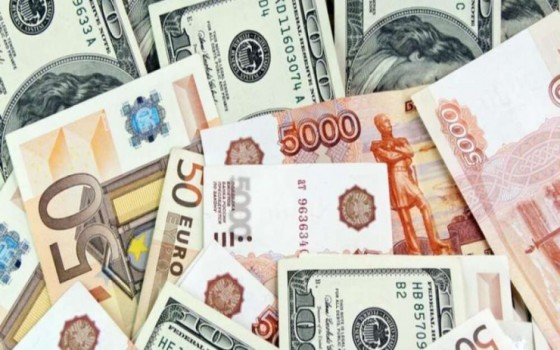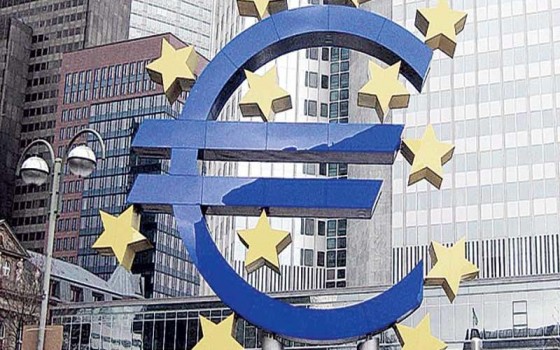
Recording a rise in electricity prices in the European Union and sharp differences between household bills

- Europe and Arabs
- Wednesday , 30 October 2024 8:46 AM GMT
Brussels: Europe and the Arabs
In the first half of 2024, average household electricity prices in the European Union increased slightly compared to the second half of 2023, from 28.3 euros per 100 kilowatt hours to 28.9 euros per 100 kilowatt hours. According to figures released by the European Statistical Office in Brussels, "Eurostat", which added that despite the decrease in the cost of energy, supply and network services (-2% compared to the second half of 2023), overall prices rose slightly (+2%), as governments reduced subsidies, allocations and tax cuts for consumers (total taxes increased by 16%, compared to the second half of 2023). Compared to the first half of 2023 (29.4 euros per 100 kilowatt hours), prices saw a slight decrease. Average gas prices fell by 7% compared to the same period in 2023, from €11.9 per 100 kWh to €11 per 100 kWh. They are also 2% lower than in the second half of 2023 (€11.3 per 100 kWh). When considering the same prices without taxes, they fell by 12% and 10% respectively.
Compared to the first half of 2023, the share of taxes in electricity bills rose from 18.5% to 24.3%, an increase of 5.8 percentage points, while in the gas bill it rose from 22.8% to 27.4% (+4.6 percentage points).
This information comes from the electricity and gas price data recently published by Eurostat.
Sharp variation in electricity prices for households
The highest electricity prices including taxes for household consumers in the first half of 2024 were found in Germany (€39.5 per 100 kWh), followed by Ireland (€37.4) and Denmark (€37.1).
At the other end of the scale, Hungarian households recorded the lowest electricity prices (€10.9 per 100 kWh), followed by Bulgaria (€11.9) and Malta (€12.6).
In national currency, in the first half of 2024, compared to the same period in the previous year, electricity prices for households, including taxes, decreased in 16 EU countries and increased in 11. The price decrease was partly offset by the reduction or removal of consumer relief measures at national level.
Gas prices fell in most EU countries
Between the first half of 2023 and the first half of 2024, domestic gas prices, including taxes, fell in 15 of the 24 EU countries that reported gas prices.
Gas prices (in national currencies) fell most in Lithuania (-60%), Greece (-39%) and Estonia (-37%). By contrast, among the countries that recorded an increase, the price rose most in Italy (+16%), France (+13%) and Romania (+7%), while the price remained unchanged in Slovenia.
In the industrial sector, all countries reported a decrease in gas prices, highlighting a clear downward trend across the EU.












No Comments Found